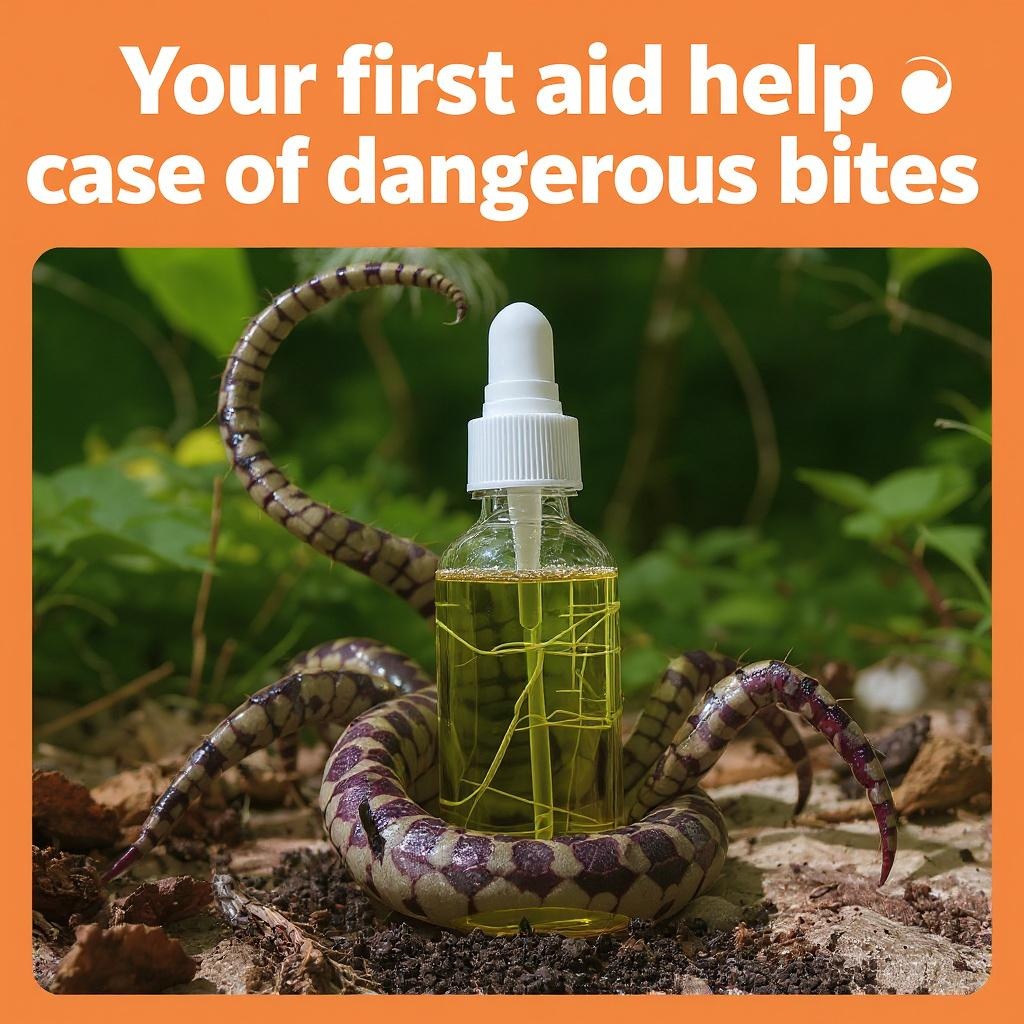Imagine stepping outside on a summer afternoon without scanning the sky for wasps or the grass for honey-bees — no EpiPen clutched in your palm, no quickened pulse each time something buzzes past your ear. That sense of calm freedom is exactly what modern venom desensitizers, formally called venom immunotherapy (VIT), are designed to deliver. In the hands of an allergy specialist, purified extracts of insect venom are used to retrain, not suppress, the immune system. With regular micro-doses injected just under the skin, the body gradually learns to greet the very allergen that once provoked life-threatening anaphylaxis as a harmless, everyday visitor. The procedure is disarmingly logical. To begin, the allergist confirms that the culprit is a true IgE-mediated allergy — typically by combining a clear clinical history of a systemic sting reaction with a positive skin or blood test. Once the diagnosis is nailed down, treatment starts with a whisper-small dose of venom. Over weeks, that dose is carefully escalated until a full maintenance level — most often 100 micrograms, equivalent to the venom of one sting — is reached. For higher-risk patients such as beekeepers, or for those who remain reactive at the standard dose, the target may be 200 micrograms. At that point the immune system is exposed to a “simulated sting” every four to eight weeks for three to five years. Each visit is a workout for the immune memory; each visit deepens tolerance. What, exactly, changes inside the body during this process? In the first few hours after an injection, the most excitable immune cells — basophils and mast cells — are chemically re-programmed to stand down.
Over the following weeks, regulatory T cells surge and begin releasing calming cytokines such as IL-10 and TGF-β. In plain language, a diplomatic corps of immune cells moves in and convinces the hot-headed troops that the invader is no longer an enemy. Months pass, and a protective antibody called IgG4 rises steadily, acting like a molecular shield that intercepts venom molecules before they can bind to allergic IgE. By the end of a full course, these biological shifts translate into a ninety-plus percent chance that a real-world sting will provoke little more than a fleeting wince.Eligibility for venom desensitizers is broader than many people realise. Anyone who has experienced a systemic reaction — hives spreading beyond the sting site, difficulty breathing, dizziness, or worse — meets the classical criteria. Add to that group individuals whose livelihoods involve heavy exposure to stings: apiarists, forestry workers, groundskeepers, soldiers in field duty. For them, prophylactic therapy is often as essential as a hard hat on a construction site. Age, gender, and most medication profiles pose no barrier; children actually acquire long-lasting protection more readily than adults, and modern guidelines no longer blacklist common drugs like beta-blockers or ACE inhibitors, provided the treating physician monitors carefully.
Safety, of course, is the decisive question for many candidates. Here the data are reassuring. Serious reactions to the injections themselves are remarkably rare — well under one percent — because each dose is delivered in a controlled clinical setting, with emergency care literally an arm’s length away. The majority of injection-day symptoms amount to nothing more than local redness or a brief hive that resolves by the time you walk back to the parking lot. For the tiny fraction of patients who do experience troublesome side-effects, the protocol can be slowed or paired with a short course of an anti-IgE biologic, allowing virtually everyone to reach full maintenance.
Contrast this proactive strategy with a life governed by avoidance and rescue medication. Carrying adrenaline auto-injectors is prudent, yet it is a reactive safety net rather than a cure; it treats anaphylaxis after it starts, it does nothing to quell the ever-present fear of the next sting. Venom desensitization flips that script by neutralizing the threat at its source.
Numerous quality-of-life studies reveal dramatic improvements in outdoor activity, travel plans, even career choices once therapy takes effect. Patients talk about “getting their summers back” and rediscovering hobbies — from gardening to marathon training — that had been mothballed for years.
If you or someone you care about has been stung into vigilance, now is the moment to consider turning the tables on the allergy itself. Our e-store partners with leading pharmaceutical producers to supply physician-grade venom extracts that meet international standards for purity and potency. Explore the options, schedule a consultation with a board-certified allergist, and map out a treatment plan tailored to your lifestyle and risk profile. Venom desensitizers are not merely another therapy; they are an investment in fearless living. Let science shoulder the burden, so you can slip on your sandals, step outside, and greet the hum of summer with a smile instead of a gasp.
